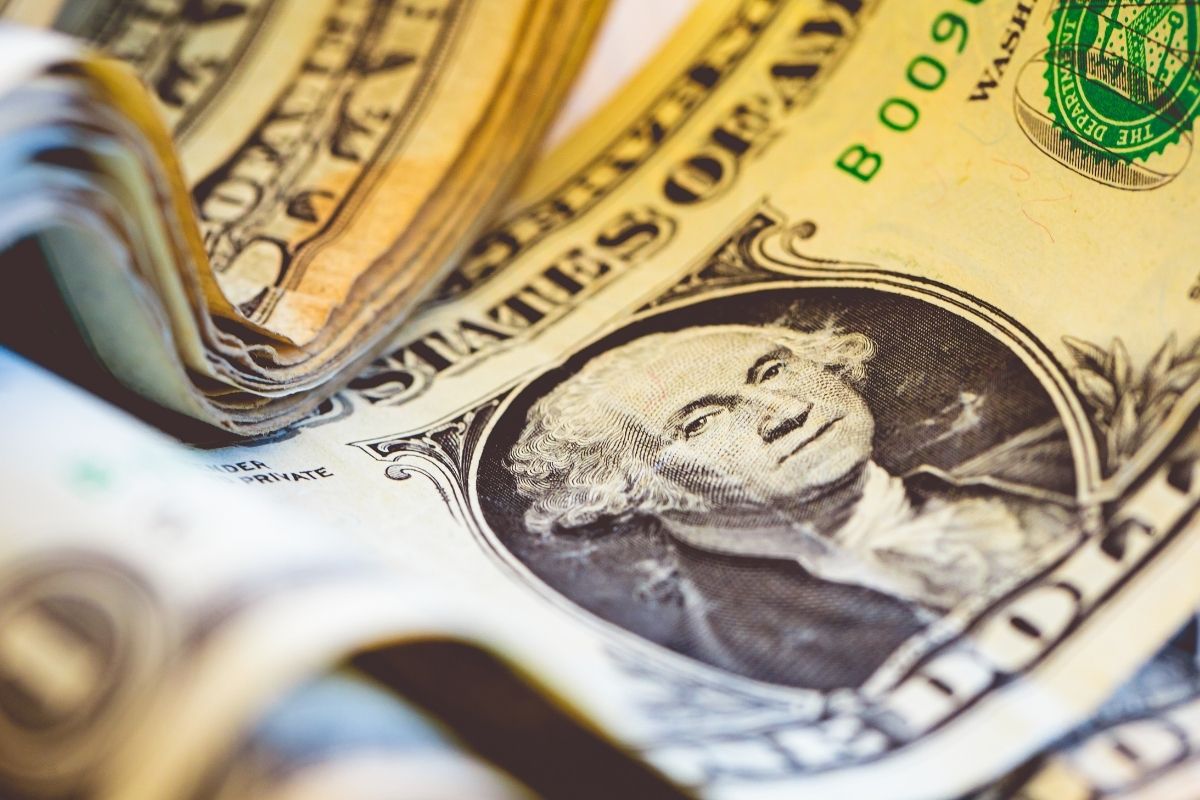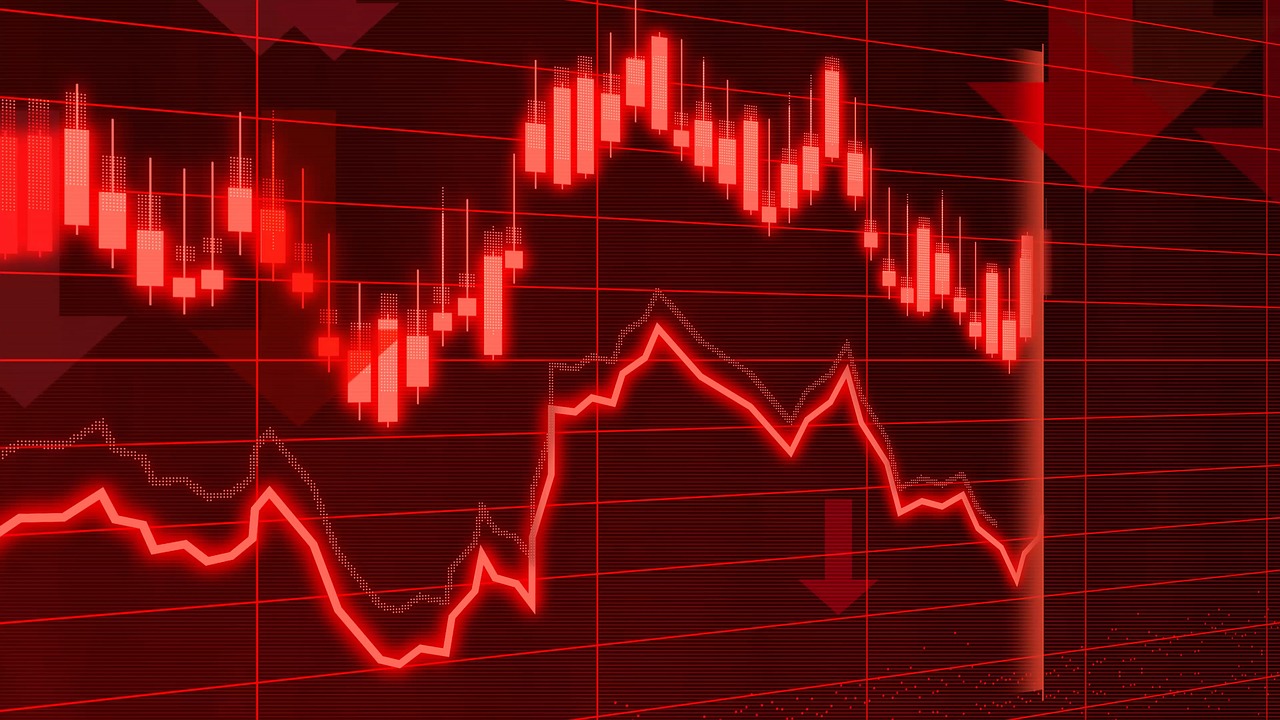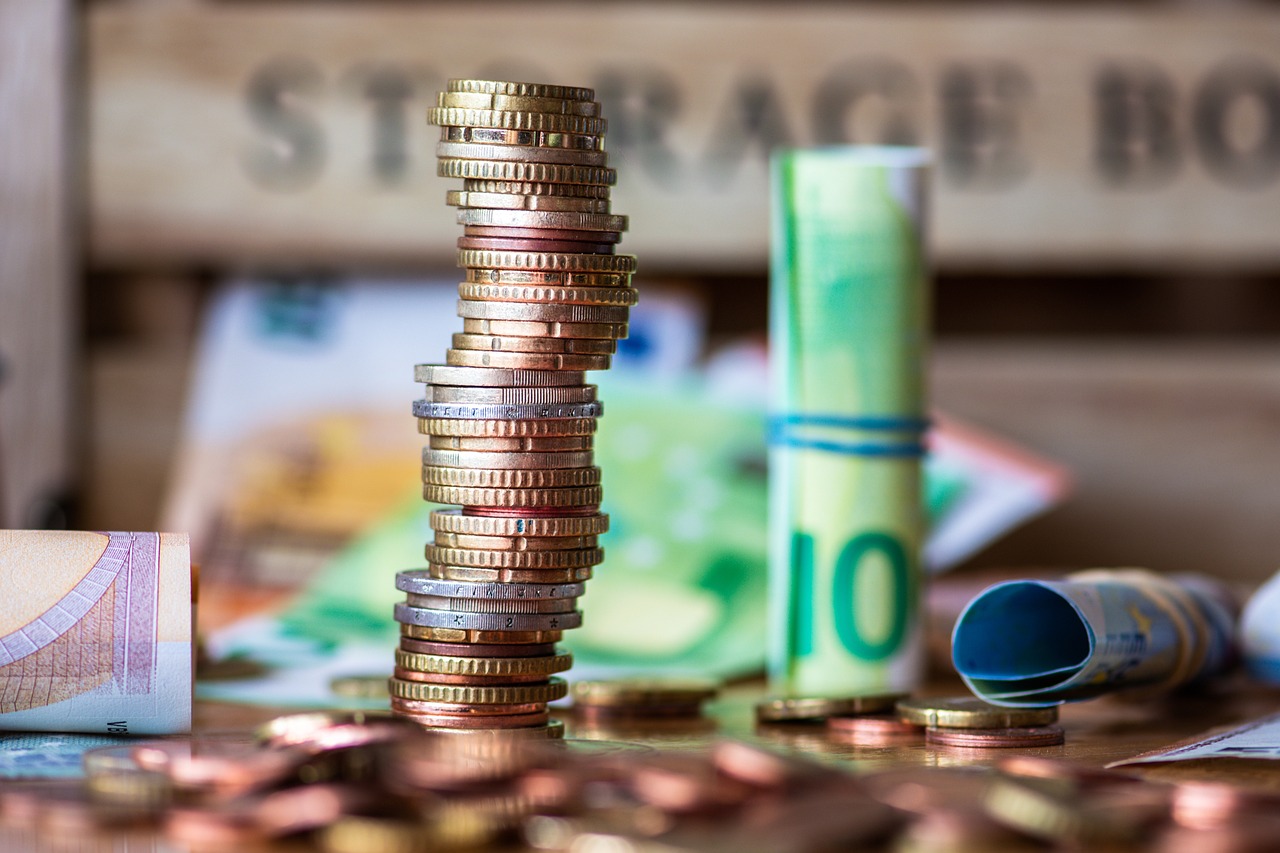According to experts, the recent weakening of the US dollar has real consequences for investment portfolios. As investors consider whether or not to make changes in terms of currency exposure, the debate over the dollar’s behavior remains open and vibrant.
In fact, the greenback posted a slight recovery yesterday after President Trump clarified he had no intention of removing Fed Chair Jerome Powell, easing concerns over the central bank’s independence. Additionally, a more conciliatory tone toward China helped revive risk sentiment, boosting demand for US assets and reducing appetite for emerging market currencies.
Lale Akoner, Global Markets Analyst at eToro, notes that in the current context, investors seeking better currency balance might want to diversify their FX exposure. “Holding wealth in a single currency concentrates risk. Some investors are allocating to euro-, yen-, or Swiss franc-denominated assets. Others are using international funds with currency-hedged share classes to broaden their safety net and neutralize FX risk. Alignment is key: US investors anticipating continued dollar weakness tend to avoid hedging to capture foreign gains, while European or UK investors with US assets may prefer hedging to mitigate FX losses,” says Akoner.
She highlights that during Q1 2025, the depreciation of the US dollar had a significant impact on Latin American currencies, driving widespread appreciation across the region. According to analysts, this trend is tied to factors such as uncertainty surrounding US trade policy under Donald Trump’s administration and expectations of interest rate cuts by the Federal Reserve. So what’s happening with these currencies?
The Strength of the Mexican Peso
In this context, the performance of certain Latin American currencies stands out. For instance, earlier this week, the Mexican peso gained ground against the dollar, reaching multi-month highs, as investors responded to the greenback’s weakness.
“The Mexican peso has maintained a positive trend against the US dollar, trading below the 19.50 pesos per dollar zone. This appreciation has been driven by both external and internal factors, which have strengthened investor confidence in the national currency. In an uncertain global environment, the peso’s stability stands out as a sign of economic resilience and relative strength,” explains Antonio Di Giacomo, Financial Markets Analyst for LATAM at XS.
He adds that from a technical standpoint, the USD/MXN exchange rate is at a critical level. “The 19.50 mark acts as a key support, and a potential downward break is being closely watched, which could open the door for further peso appreciation. This technical outlook has become an additional factor fueling short-term positive expectations,” he notes.
However, according to Quasar Elizundia, Market Analysis Strategist at Pepperstone, the Latin currency could face headwinds. “In the US, easing fears of political interference in the Fed and renewed hopes of a trade truce between the US and China could boost the greenback.”
Elizundia points out that domestically, while Banxico’s relatively high benchmark interest rate and favorable interest rate differential continued to attract inflows, mixed data may cloud the peso’s trajectory. “Retail sales fell 1.1% year-over-year in February, a sharp reversal from the 2.7% increase in January. Although monthly growth remained marginally positive, the data confirmed a loss of household consumption momentum. This weakness coincided with the IMF’s downward revision of Mexico’s economic forecast, now expecting GDP to contract by 0.3% in 2025.”
Brazil, Chile, and Argentina: Advancing Against the Dollar
Looking at Brazil and Chile, the trend is similar. The Brazilian real appreciated by 1.01%, trading at 5.7055 per dollar, mainly strengthened by the global retreat of the dollar and expectations of interest rate cuts by the Central Bank of Brazil. Analysts add that a positive outlook for its trade balance also played a role, as rising export prices—especially commodities—have boosted foreign currency inflows. “However, the sustainability of this trend will depend on the country’s ability to address its fiscal challenges and control inflation, as well as on the global economic outlook,” they note.
Meanwhile, the Chilean peso rose 0.86%, trading at 918.80 per dollar, driven by higher copper prices—the country’s main export. As in Brazil, two other factors supported the currency: monetary policy and the dollar’s depreciation. In this regard, it’s notable that the Central Bank of Chile has maintained a restrictive monetary policy to control inflation, which has contributed to peso stability.
Finally, the appreciation of the Argentine peso reflects a different context. Following the liberalization of exchange controls, the peso showed an upward trend, trading around 1,088 pesos per dollar. According to experts, this appreciation was driven by the urgent need for local currency liquidity and by monetary policies implemented by President Javier Milei’s administration.
“The Argentine peso maintained its upward bias at the beginning of the week as the market adjusted following the recent exchange liberalization, showing an urgent need for local currency liquidity that encouraged the unwinding of dollarized positions. Traders agreed that the monetary policy implemented by ultraliberal President Javier Milei’s government is driving a sustained revaluation of the peso, approaching the central bank’s (BCRA) buying rate,” Reuters reported.
Colombian Peso: Going Against the Grain
On the flip side—quite literally—is the Colombian peso, which has weakened against the dollar and rising trade optimism. According to Elizundia from Pepperstone—a brokerage specializing in international financial and crypto markets—this midweek decline stemmed from both internal and external factors. “Locally, oil prices continued to fall amid signs that OPEC+ may further increase production. Falling oil prices directly harm Colombia’s terms of trade and fiscal outlook,” he explains.
Externally, he adds that the latest dollar rebound further weighed on the currency.
Finally, the analyst notes that looking ahead, all eyes are on next week’s interest rate decision. “After holding rates steady in the previous meeting, any rate cut could reduce the peso’s appeal and increase depreciation pressures,” Elizundia concludes.
The Dollar Loses Its Smile
According to Benoit Anne, Senior Managing Director of Strategy & Insights Group at MFS Investment Management, we are facing a new market paradigm in which the defensive characteristics of the US dollar are weakening. He notes that the DXY index has dropped to around 98.40—a level not seen since early 2022.
“The US dollar is much cheaper than it was a few months ago, but that doesn’t mean it’s historically cheap. If we look at the Fed’s broad real trade-weighted dollar index, the current level remains 17% above its 30-year average, indicating significant overvaluation. Overall, the current market environment does not seem favorable for the dollar, at least based on available information. This suggests that non-US assets could be well positioned to deliver better returns going forward,” Anne concludes.




